
World
19:55, 10-Apr-2019
India votes: A short guide to the world's biggest election
By John Goodrich
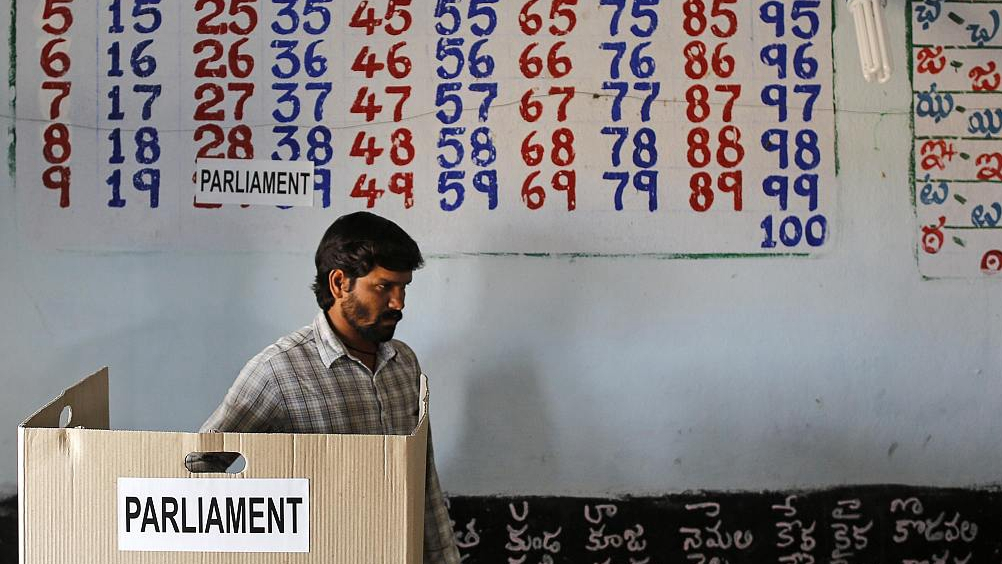
India goes to the polls from April 11 to May 19 in the world's biggest democratic exercise.
A seven-phase lower house election – featuring 900 million eligible voters – will decide India's next government and prime minister.
Who's on the ballot?
Voters will elect 543 representatives to the 545-seat 17th Lok Sabha, India's lower house of parliament, by first-past-the-post – whichever candidate gets the most votes in each seat wins. The remaining two seats are filled by presidential nominees from the Anglo-Indian community.
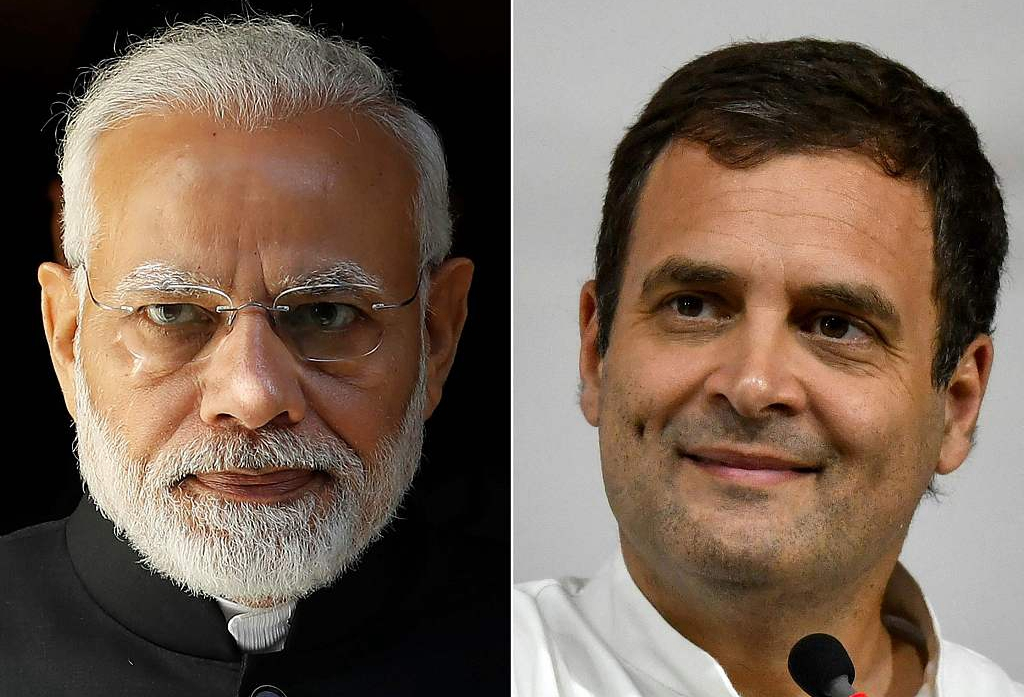
India's Prime Minister and Bharatiya Janata Party leader Narendra Modi (L) and India's Congress Party president Rahul Gandhi (R). /VCG Combination
India's Prime Minister and Bharatiya Janata Party leader Narendra Modi (L) and India's Congress Party president Rahul Gandhi (R). /VCG Combination
The headline names are Narendra Modi, the current prime minister and leader of the Bharatiya Janata Party (BJP), and Rahul Gandhi, leader of the opposition National Congress Party.
Both the main parties are senior partners in coalitions: The BJP dominates the ruling National Democratic Alliance (NDA) and Congress is part of the United Progressive Alliance (UPA).
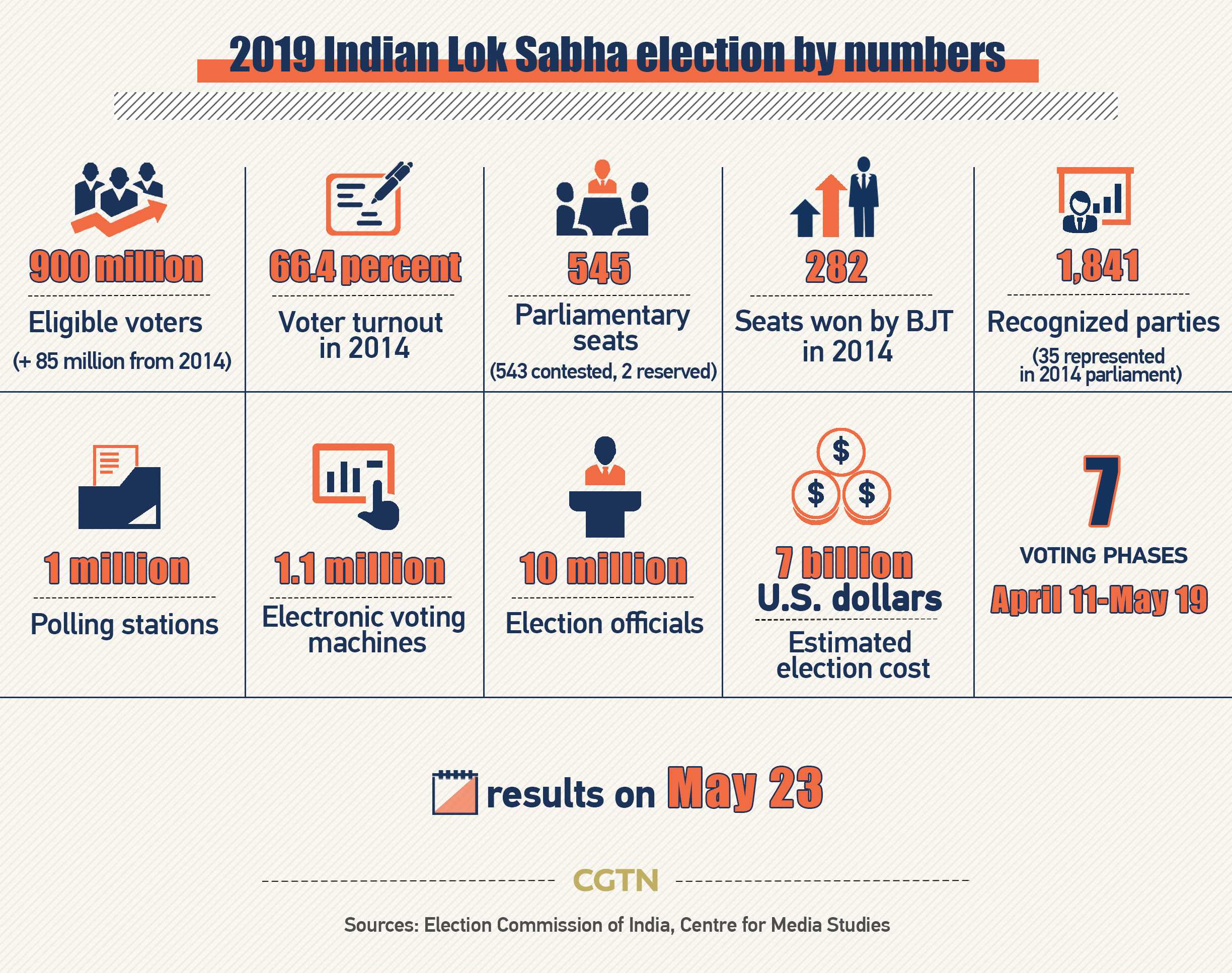
As well as a small collection of national parties, a swathe of regional parties will also contest the election. A total of 1,841 parties are recognized by the Election Commission of India, and 35 parties won representation in the 2014 Lok Sabha elections.
What are the issues?
As in any national election local factors are often decisive, economy, jobs, farming and national security are all issues with broad significance.
Economic growth has been around seven percent under Modi, and some of the prime minister's reform agenda – including a goods and services tax and medical scheme for the poor – has been pushed through.
Unemployment is stubbornly high, however, and joblessness hit a 45-year high of 6.1 percent in the year ending June 2018 according to a government report leaked to the Business Standard. More than half of India's 1.3 billion population is aged under 25, and the report suggests around one in five Indians aged between 15 and 29 are jobless.
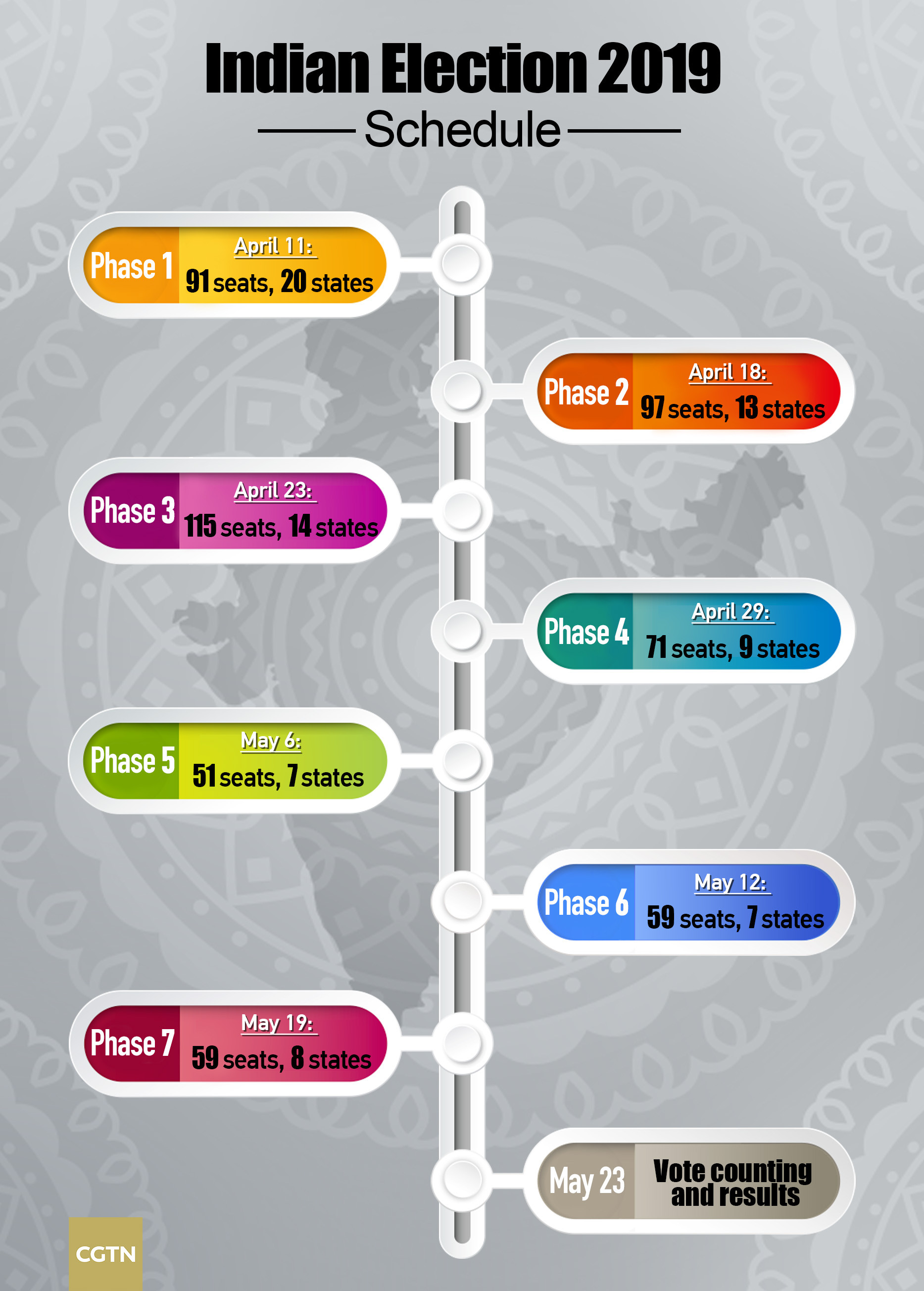
Farming is also an important electoral issue. There are estimated 263 million farmers in India and many more people are involved in the industry, making it a huge political constituency. It is facing increasingly tough conditions, with costs up and crop prices down.
National security and relations with Pakistan are also live issues. Modi received a polling boost after Indian jets attacked what he claimed were terrorist training camps in Pakistan, following an attack by Pakistan-based militants on an Indian army convoy which killed 40 personnel in Indian-controlled Kashmir.
What do the polls say?
Modi's BJP won 282 seats outright in 2014 (up from 116 in 2009) and the NDA took 336 in total, creating the biggest parliamentary majority in three decades. However regional elections in December held some warning signs for the BJP, which lost control in key states.
Congress was crushed five years ago, winning just 44 seats (down from 206 in 2009) but has shown signs of a revival. The UPA won 60 seats in total in 2014, and parties outside the two main alliances took the remaining 147 seats.
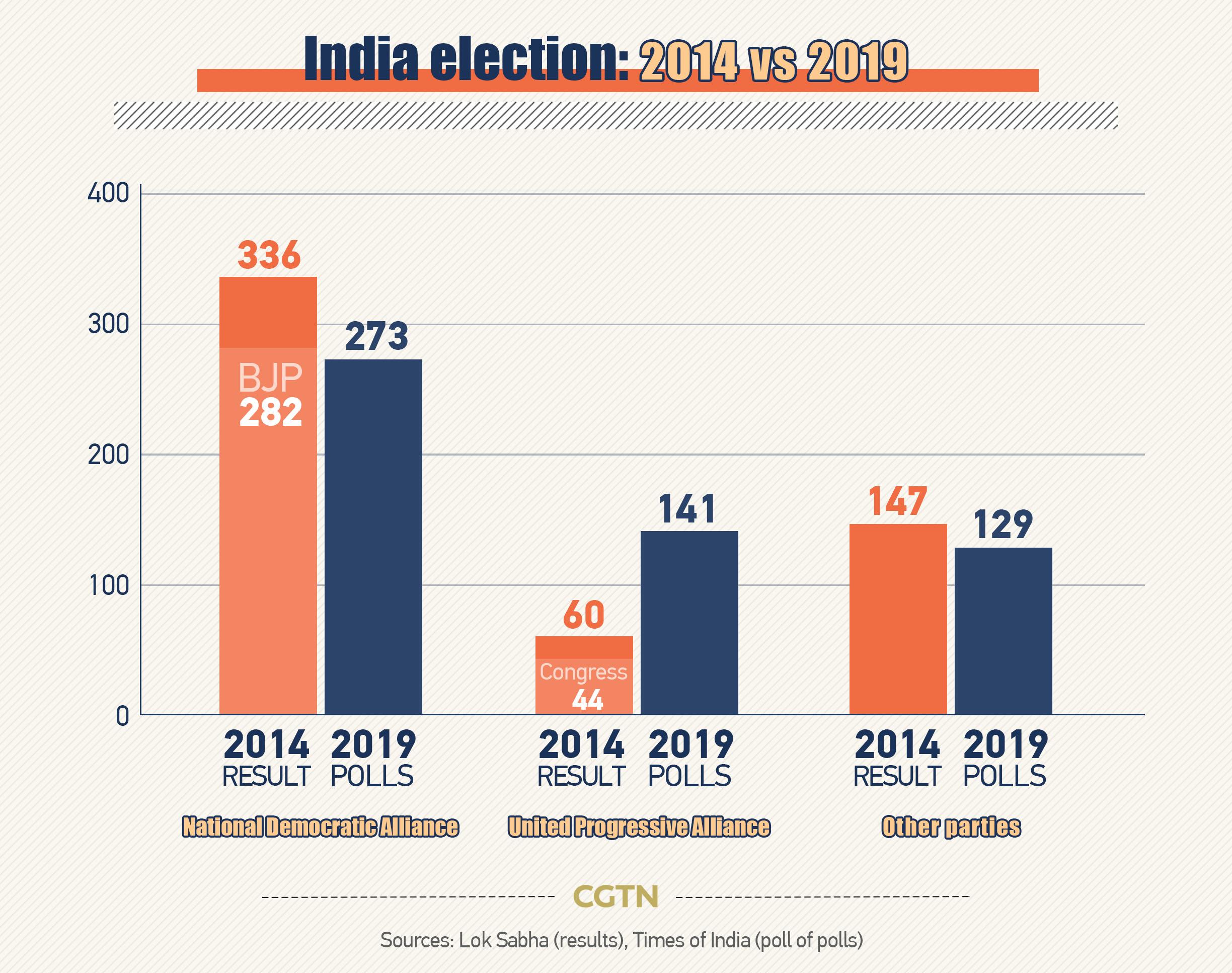
A poll of polls published in The Times of India on April 9 indicated that the NDA is on course to narrowly secure another majority in 2019. The average of four polls suggested the Modi-led alliance would win 273 seats – a majority of one, with the UPA on 141 and other parties on 129.
In a vast country with a huge potential electorate opinion polls are not always reliable, but there were no outliers among the four polls – all the results fell within a narrow range.
When does it happen?
The numbers involved in the election are staggering: 900 million eligible voters, 10 million election officials, 1.1 million electronic voting machines plus extensive security measures.
The enormous exercise is carried out in seven phases from April 11 to May 19 with different states voting on different dates.
Votes will be counted on May 23 and the results are expected the same day, though if no group wins a majority there could be a lengthy process of coalition building.

SITEMAP
Copyright © 2018 CGTN. Beijing ICP prepared NO.16065310-3
Copyright © 2018 CGTN. Beijing ICP prepared NO.16065310-3